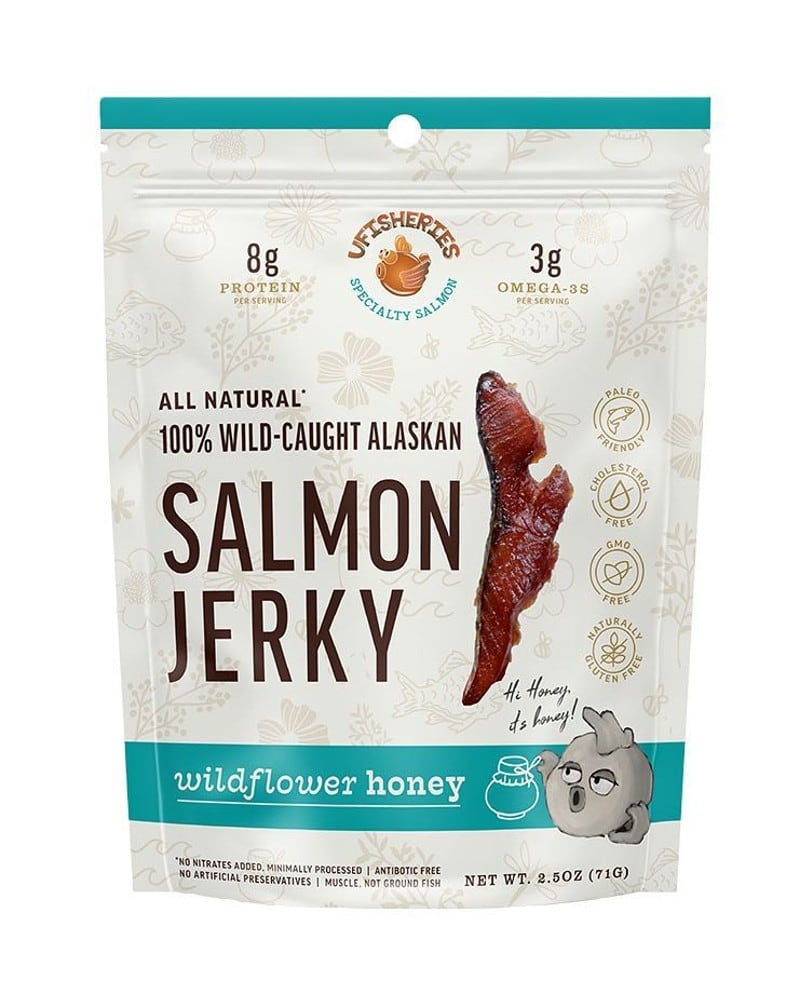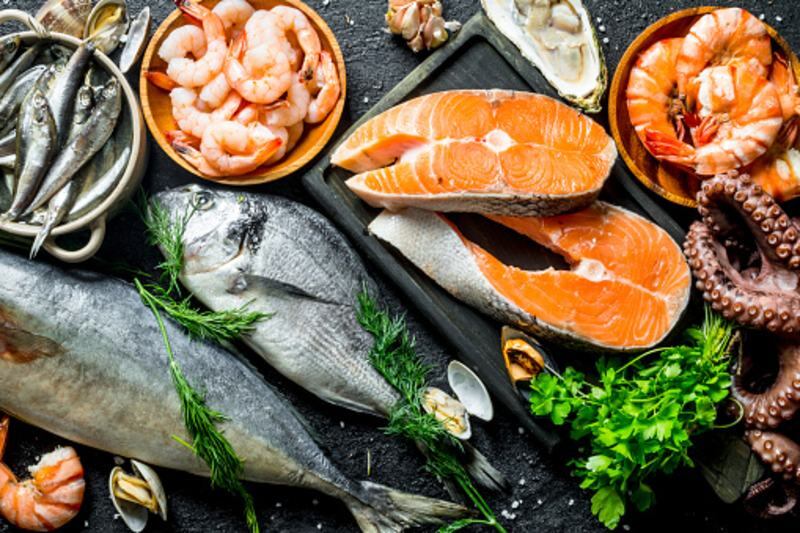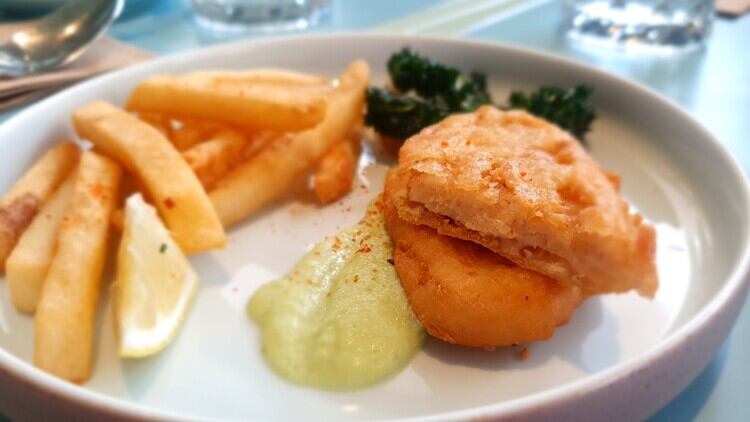UFisheries is based out of the United States and is one of the first to have created jerky using salmon as opposed to beef or pork, but its Singaporean Founder Julie Wong is looking to return to her roots in her home country with the business.
She believes her products will achieve as strong success here as it has in the United States: “Using fish in jerky is really not a western thing – fish this way is very much an Asian proposition and basically unheard of in the United States, whereas the use of Alaskan wild-caught salmon to make products is on the other hand extremely rare in Asia,” Wong told FoodNavigator-Asia at the recent Specialty and Fine Foods Asia (SFFA) show in Singapore.
“We already have strong support from the Minnesota Department of Agriculture and are seeing success in multiple regional stores as well as making good progress in terms of entering large supermarket chains such as Walmart, but I am also looking at entering supermarkets such as FairPrice Finest here in Singapore, which is definitely also a very attractive proposition.
“The fact that we use handcrafted sliced fish which is brined and dried without any chemical preservatives means that we can offer a healthier snacking proposition to consumers which is also rich in Omega-3 - an element that beef and chicken and pork cannot offer – and also is made with a smaller environmental footprint.”
She added that the time is ripe for a healthy form of jerky to enter the market in Singapore as there are multiple driving factors coming together which point towards growing demand for such a product.
“The jerky market itself is growing steadily, expected to hit around US$5.9bn by 2027 from US$4bn in 2020; and we are already seeing consumers demanding products that use not just protein but high-grade protein, which we can give,” said Wong.
“There’s also rising demand for products to be less processed, provide international flavours, and give portability – all of which salmon jerky fits the profile for.”
The firm is planning to launch three salmon jerky flavours in Singapore – Wildflower Honey, Cranberry Maple Syrup and Spicy Jamaican Jerk – and plans to adjust the flavour profiles according to local Asian tastes for the market moving forward.
“For example at the moment the Spicy Jamaican Jerk is not exactly spicy by Asian standards, so when we bring it here we definitely need to up the spice level,” she said.
“In the US, the standard pricing is US$9.90 for a 71g packet, but when we come here I am willing to make adjustments to that initially as well as I known that currently there is a bit less awareness and willingness to pay a higher price in comparison, so even though we will continue to get fish from Alaska, make the product in the US and export here, we will definitely adjust to fit the local market.
In addition, UFisheries is aiming to expand the market for salmon jerky beyond the traditional jerky market which is targeted at male consumers, as female consumers are also emerging as strong protein consumers.
“In the US in particular, jerky marketing has always been targeted at the male demographic and associated with performance and power – but the fact is that females are the ones who do the most grocery shopping and buy the snacks for the family, so we have ensured that our products and marketing are as female-friendly as possible,” said Wong.
“There is no reason to not spotlight this group when it comes to jerky especially with more and more female consumers also placing increasingly strong focus on protein consumption in their daily diets.”
Shelf life and provenance
At present, a six-month ambient shelf life is listed for the salmon jerky, but Wong told us that due to research over the past few months, the firm has succeeded in extending this further via all-natural methods.
“There are many ways to extend shelf life whether it is by freezing, chilling or using natural preservatives, but we wanted this to be as natural as possible for our products so we have been experimenting with ways to extend shelf life naturally such as salt levels and controlling water activity,” she said.
“The aim is to extend shelf life without affecting taste or texture, which definitely means not adding too much salt or anything else, and we have been looking at many methods including cultured processes – so far, we have extended the shelf life beyond the original six months to as long as 12 months, and still managed to keep everything nice and natural.”
Although fish is a very common dish in Asia, provenance is as yet not a big point of concern for the average consumer, but she believes that this time is almost here and that the firm’s products will thus be able to cater to this.
“Asian consumers are very big on dishes or snacks with seafood such as keropok (shrimp crackers), but there is little conversation on the provenance of the fish used to make these and whether these come from the sea, the wild, the fisheries, or elsewhere that could be much more unsavoury,” Wong added.
“It is only a matter of time before people start asking about this and about traceability, and we are prepared for that by sourcing only from certified Alaskan salmon distributors.”
In addition to supermarkets such as FairPrice, the firm is also hoping to enter the foodservice sector in the form of bar snacks or a convenient seafood ingredient to be used in dishes like salmon omelettes.





